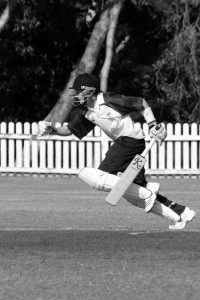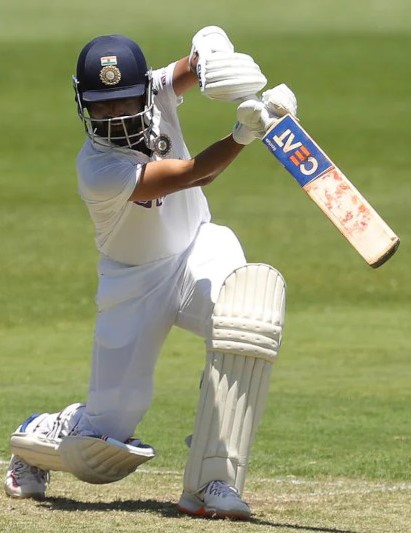Running between the Wickets

This tends to be the worst skill observed in junior cricket and unfortunately among the least coached. Up to 30% of all dismissals in junior cricket are through runouts.
Do not run on the pitch. There are no exceptions to this rule. Damaging the pitch by running on it will only advantage the bowlers. This means running in straight lines on a single side of the pitch.
The following general rules apply:
- Do not run any unnecessary distance past the batting crease. There may have been a fielding error which was invisible to you, but not to your partner who may call you for an extra run. That extra distance you have just unnecessarily run may cause your run out.
- Run-on a catch. Hope that it will be dropped.
- Run-on the other side of the pitch from your partner. The general rule is that the striking batter will run on the offside and the non-striker on the leg side. An exception will be if a left-arm bowler is bowling over the wicket to a right-hand batter. In this case, both batters will run on the offside, but the non-striker will stand and run much further to the offside so that the batsmen can avoid getting in each other’s way.
- If you accidentally get in the way of the bowler or a fielder while running between the wickets, apologise – they have right of way.
- Run the first run as fast as possible. Through this simple technique, ones can often be turned into twos and twos into threes. Make sure you ground your bat just past the batting crease and are prepared to turn for the next run a couple of metres before you reach the batting crease.
- Taking every available run will be most unsettling to the fielding side and can quickly make them rattled. Overthrows, misfields and misdirected bowling often occur when the fielding side becomes anxious to prevent quick runs.
- If in danger of being run-out, start sliding your bat along the ground a couple of metres before the batting crease. This will make it harder for an umpire to be sure of an “out” decision if it is a close thing.
- Another general rule is “one for the throw”. If the ball is way out near the boundary then you should be able to take a run while the ball is in the air on the way back to the stumps. You will of course have studied the fielder’s throwing arm and will not be taking the extra run if you know he has a “bullet” arm.
- Very often the more softly you hit the ball, the easier it is to take a quick single. Blasting the ball off the middle of the bat straight to cover or mid-wicket often leads to the error of “running with the shot”, with an embarrassing run-out resulting.
- If you drop your bat while running, ignore it and keep running. Get it back after you have completed all available runs.
- Remember – a risky run is not worth anyone’s wicket.
Another good saying to remember is “He who hesitates is lost”. This means if you decide to take a run, run hard without hesitation. The split second you take making up your mind is often the amount of time the fielding team needs to run you out.






